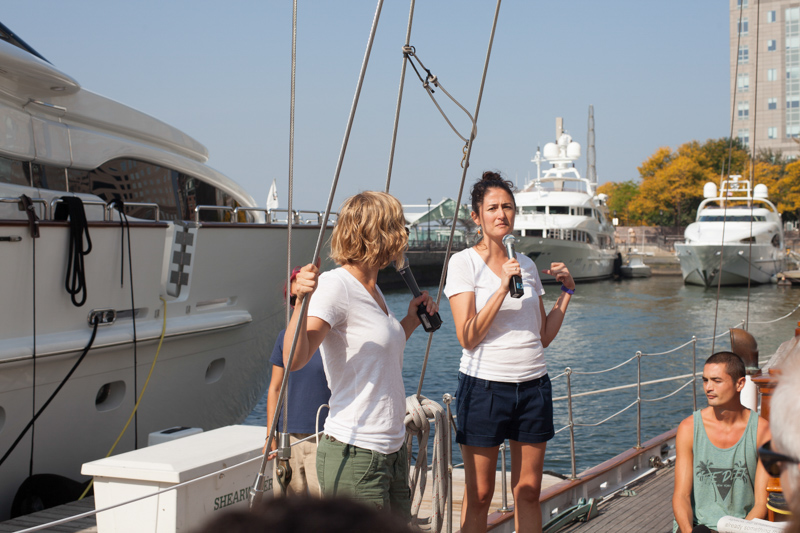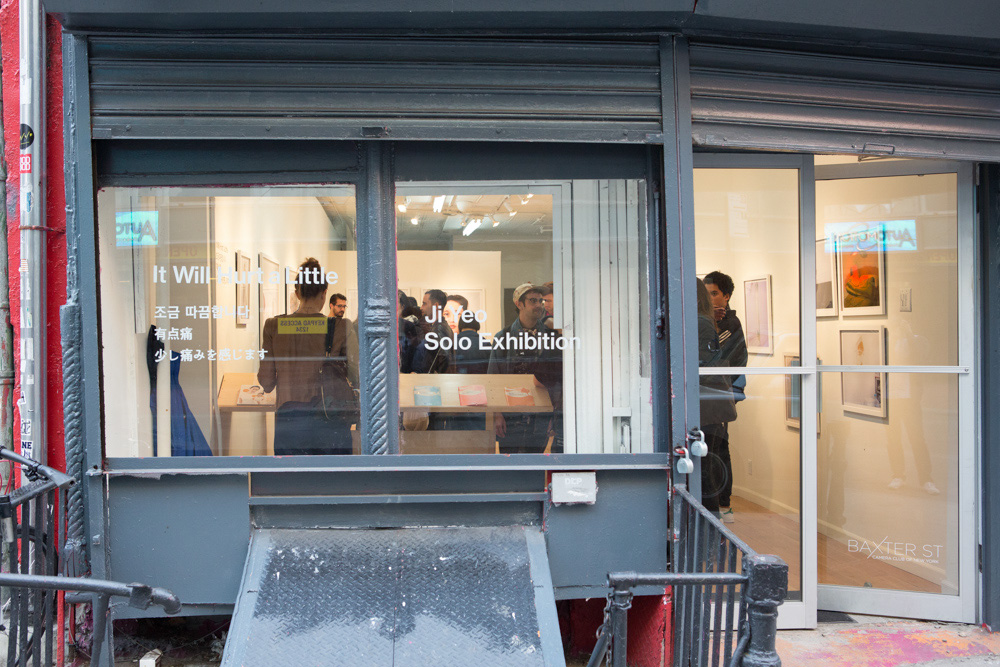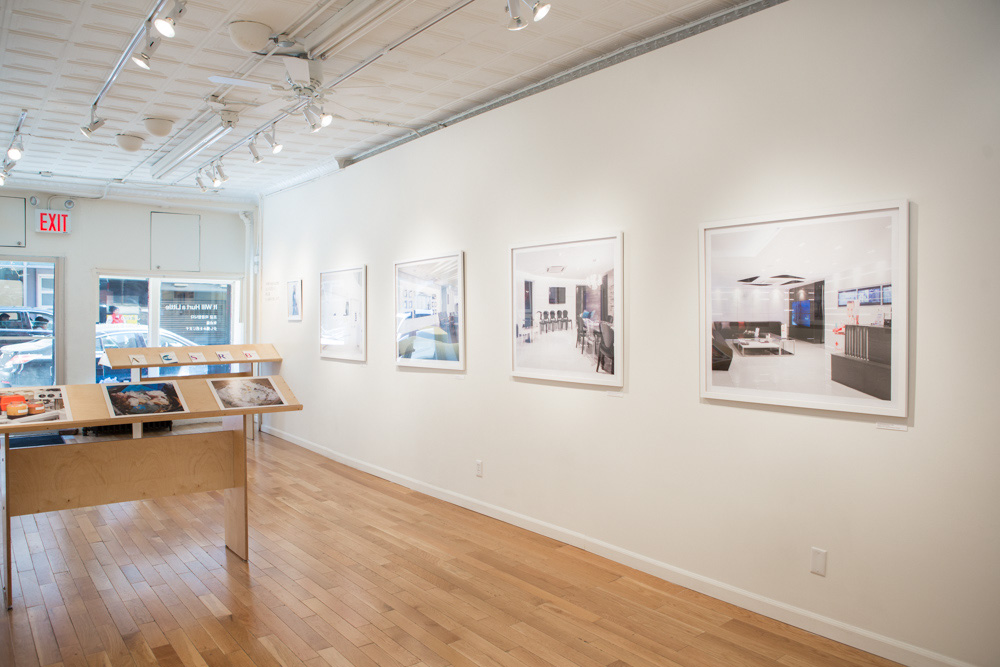Michi Jigarjian and Libby Pratt

How did the ICP-Bard MFA program prepare you in your careers as working artists?
Going through the ICP-Bard MFA program was a transformative experience for us individually and collectively. While we grew individually as artists and people, the structure of the program and the philosophies that were taught wove a community of openness and support.
We distinctly remember Nayland Blake, the chair of the program, telling us to create the conversation we wanted to have as artists. That simple yet powerful advice led us to propose and organize the symposium “Writing as Practice: Peripheral Continuity” during our second year.
The event, which explored the relationship between visual artists and writers, was the seedling for our collaborative art practice New Draft Collective. We published the transcripts of the event, which led us to start the publishing entity Secretary Press. Now we have eight published books and two going to press next year.
As New Draft Collective and Secretary Press, we operate as an art practice, curator/facilitator, and publisher with a strong emphasis on community. All these roles and of course our friendship really prepared us to also work together at Baxter Street at the Camera Club of New York.
What impact has the experience of going through ICP’s program had on you?
The ICP-Bard program encourages its students to search outside the orthodoxy and escape generic and standard models for artists. That idea, together with the strong sense of community, creates a safe environment for self-discovery. We both believe the program gave us practical ideas and lessons for how to live a creative life that fits us individually. Overall it forced us to understand and define our own value systems, which is the basis of everything we do now.
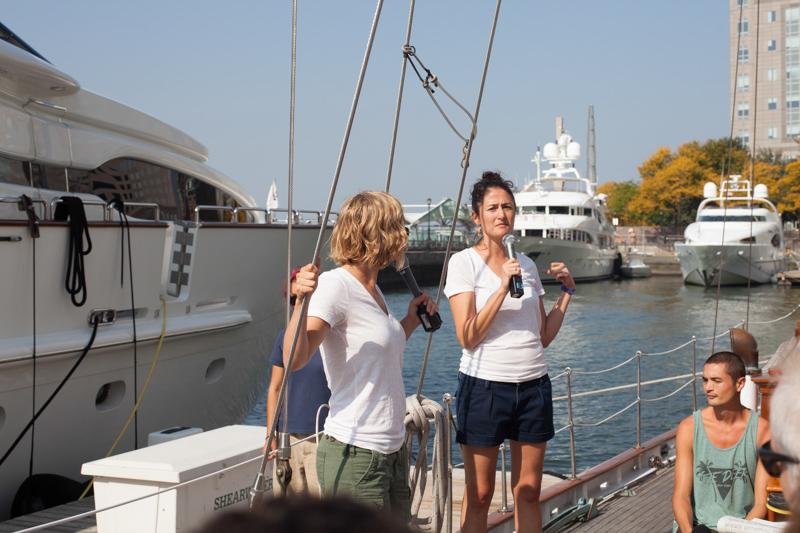
Can you explain what New Draft Collective is?
New Draft Collective started when we organized our first symposium during our second year in the program. Since then we have evolved into a collaborative, socially engaged art practice. We create and use various platforms within the contemporary art context as our medium, that ranging from image making, single-event curation, multi-tiered installations, publishing, and site-specific installations.
One example of our work was a project called Re-Current which we organized through our LMCC Swing Space Residency in 2013. Re-Current was an event that we hosted and organized aboard the schooner Shearwater. It lies somewhere between performance, installation, symposium, and recreational event. During the four-hour sail around the New York Harbor, we invited a group of writers, artists, curators, and urban planners to discuss and engage with the ever-changing sociopolitical and physical landscape of Lower Manhattan and Governors Island. The conversations and performances were guided by the shoreline’s landscape. On a daily basis New Draft is just the two of us, but we continually expand our participants and collective with each project and event. For example, on the day of Re-Current, New Draft Collective was 43 people.
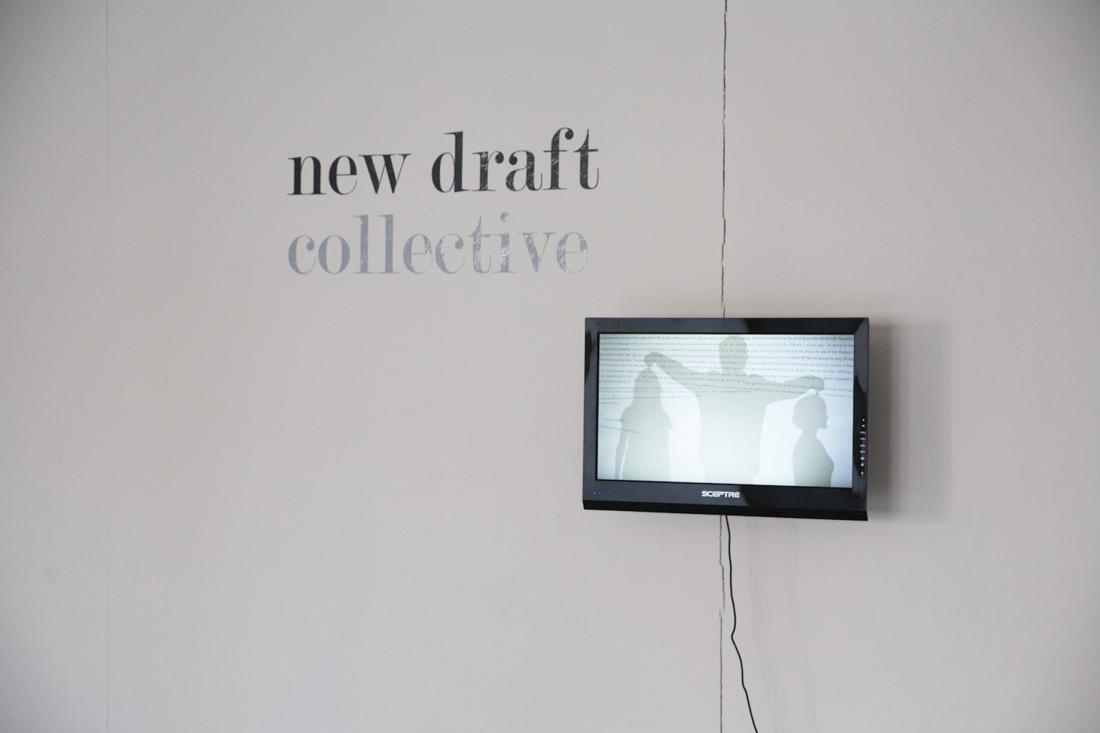
Have you worked in other organizations prior to your current career?
Co-founding New Draft Collective and Secretary Press were such important experiences for us. We have been able to grow our publishing catalog to nine books and continue to plan projects and installations under New Draft Collective. The artistic process and planning of these events and books entails a bit of professionalism and a lot of learning as you go. Aside from our collaboration we each have our own work experience as well.
Libby: Before going back to graduate school, I worked at the Modern Language Association in the International Bibliography, and during the summers, I’d work as a mate, and then captain, on different sailboats on the Hudson River. After graduating from ICP-Bard, I began teaching at City College of New York and continue to teach there. I started working as Director of Baxter St. at CCNY late last year.
Michi: When I first moved to New York City, I worked at a photography retouching firm in Soho and was a cocktail waitress at night to make ends meet. Then I ended up at Disney within the publishing sector of its Consumer Products group for about seven years before I decided to go back for my MFA. While pursuing my MFA, my friend and former teacher Allen Frame invited me to join the board of the Camera Club of New York, (now Baxter St. at CCNY) and I took on the role of co-president with him in 2013 after graduating. Now I am president of the board.

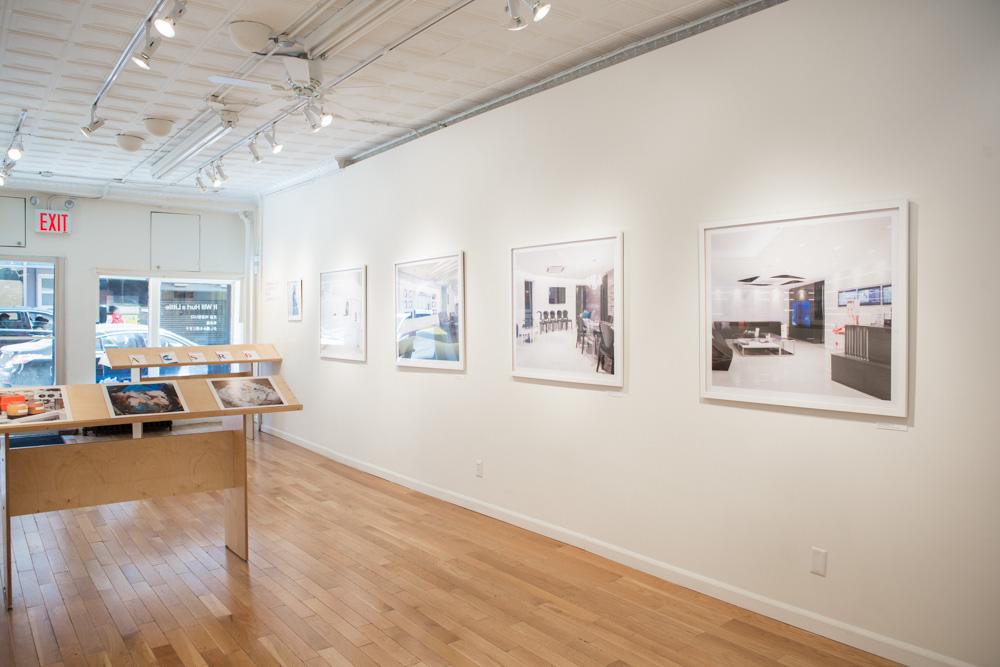
Aside from New Draft Collective you are both very involved in the nonprofit Baxter St. at CCNY, as you’ve mentioned. Can you tell us the vision and mission of Baxter St. at CCNY and its relationship to ICP?
Baxter St. at CCNY is an artist run nonprofit organization in New York City. We are a gallery, learning forum, and workspace for emerging lens-based artists. Our vision is to cultivate and support a diverse community of artists through our programming and opportunities.
In 2013, the board of CCNY was tasked with helping the organization rethink its mission in the context of supporting today’s emerging artist/ photographer. Although the organization had and continues to have a robust community of artists and supporters, we felt that the location and resources were not properly aligned with our forward-looking vision for the organization.
With our move to our current location on Baxter St., we were able to expand our relationship with ICP to be mutually beneficial. Not only are our members able to use their analog facilities but we also host the MFA’s group show in our gallery space at Baxter St. In the nonprofit world, it’s especially important to share resources and ideas, and we think that our relationship with ICP is a great example of that concept in practice.
What would you say to people who are practicing artists and contemplating managing or working for an organization?
There are many ways to maintain a creative life in today’s art practices. It’s really important as a practicing artist to find people, practices, and projects that excite you. Our advice would be to try to strike a balance between the pursuit of your own work and your commitment to others. Setting your own goals and maintaining your own practice, whatever that means to you, is very important.

